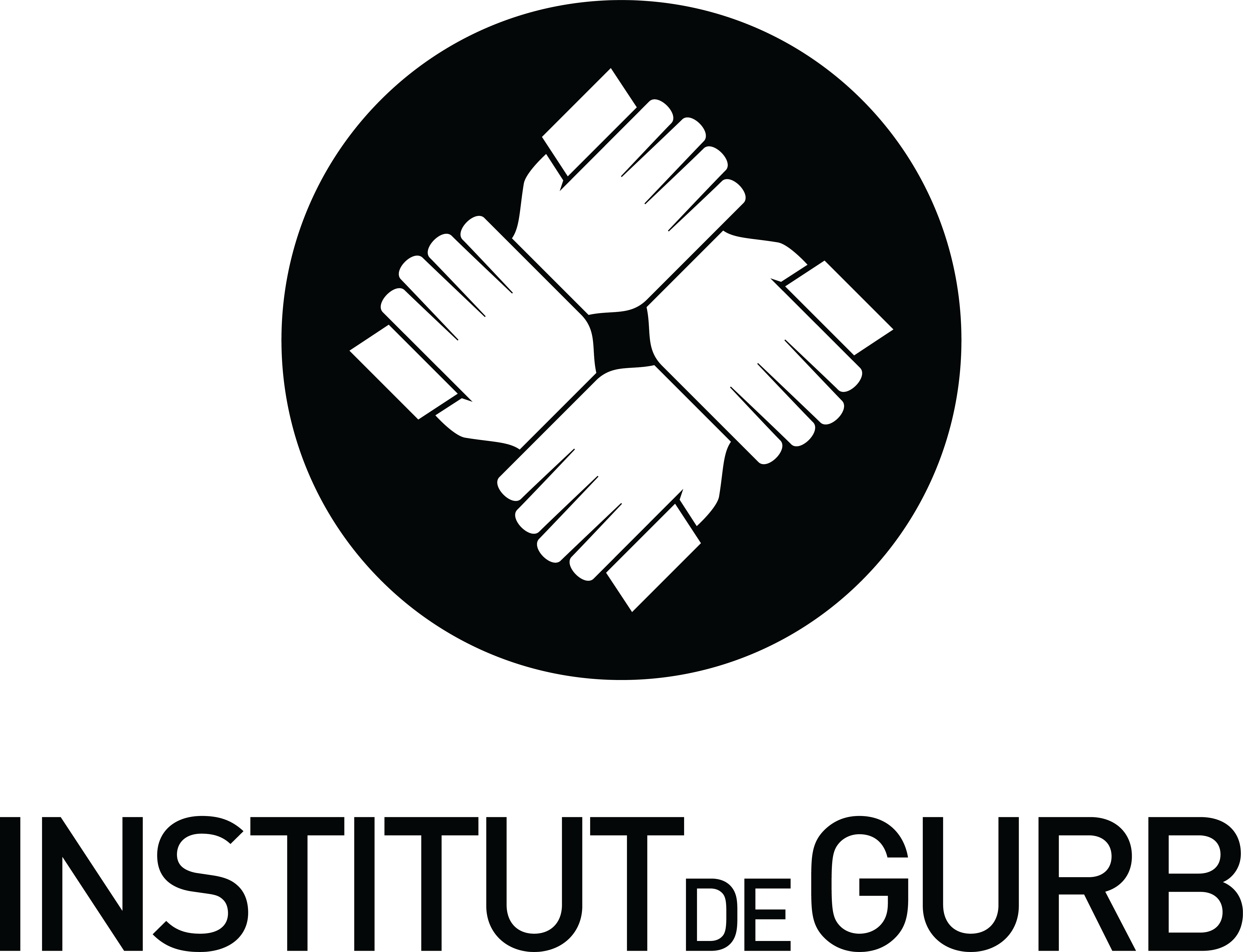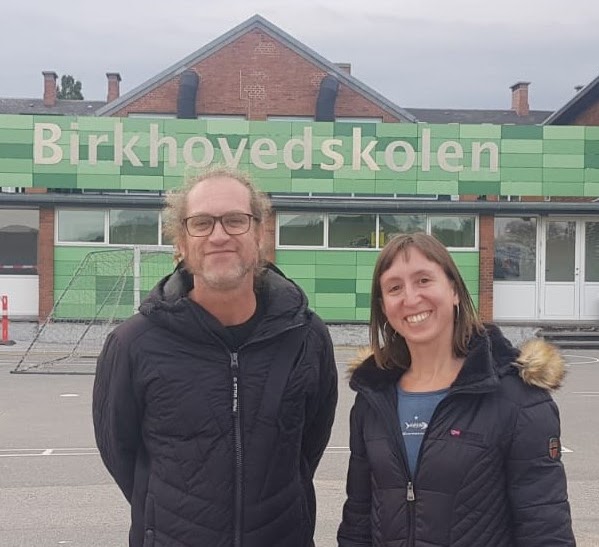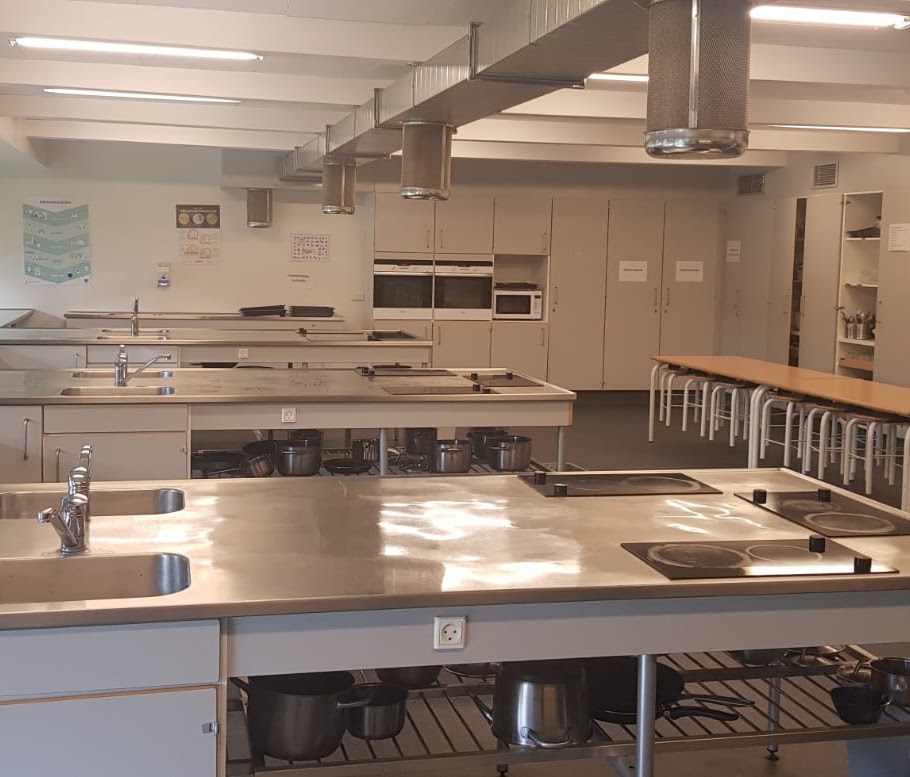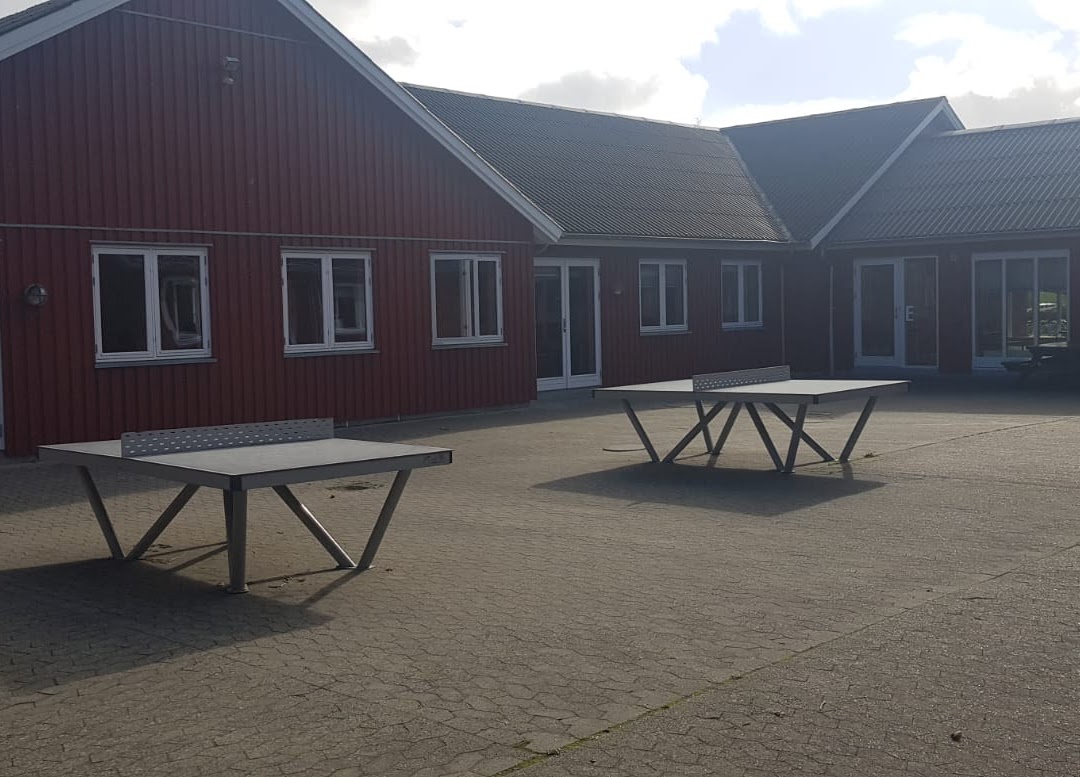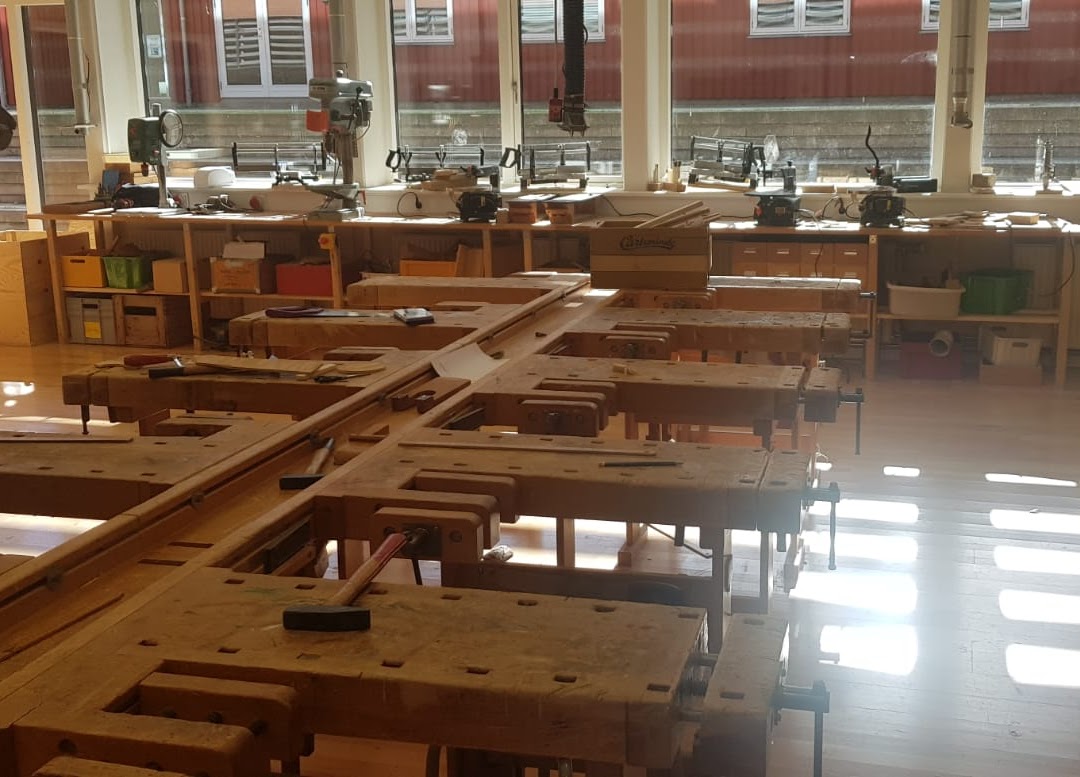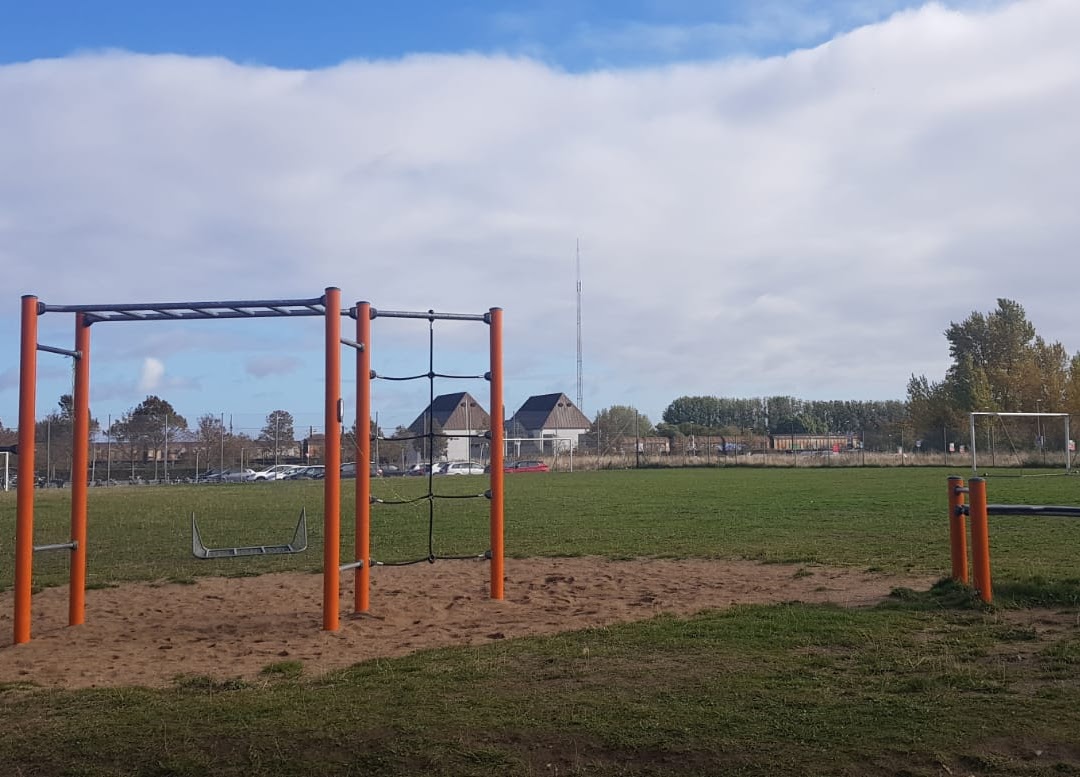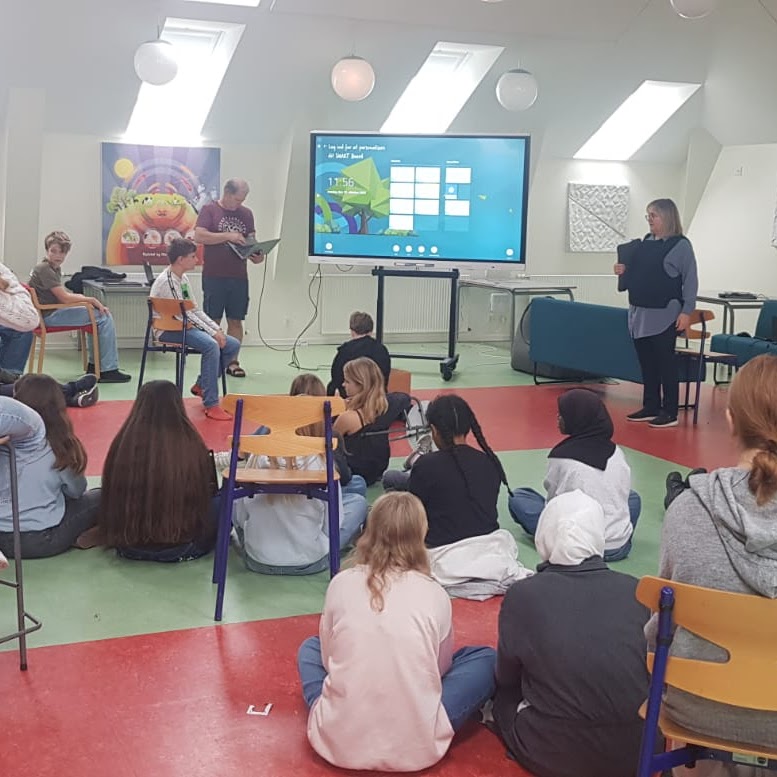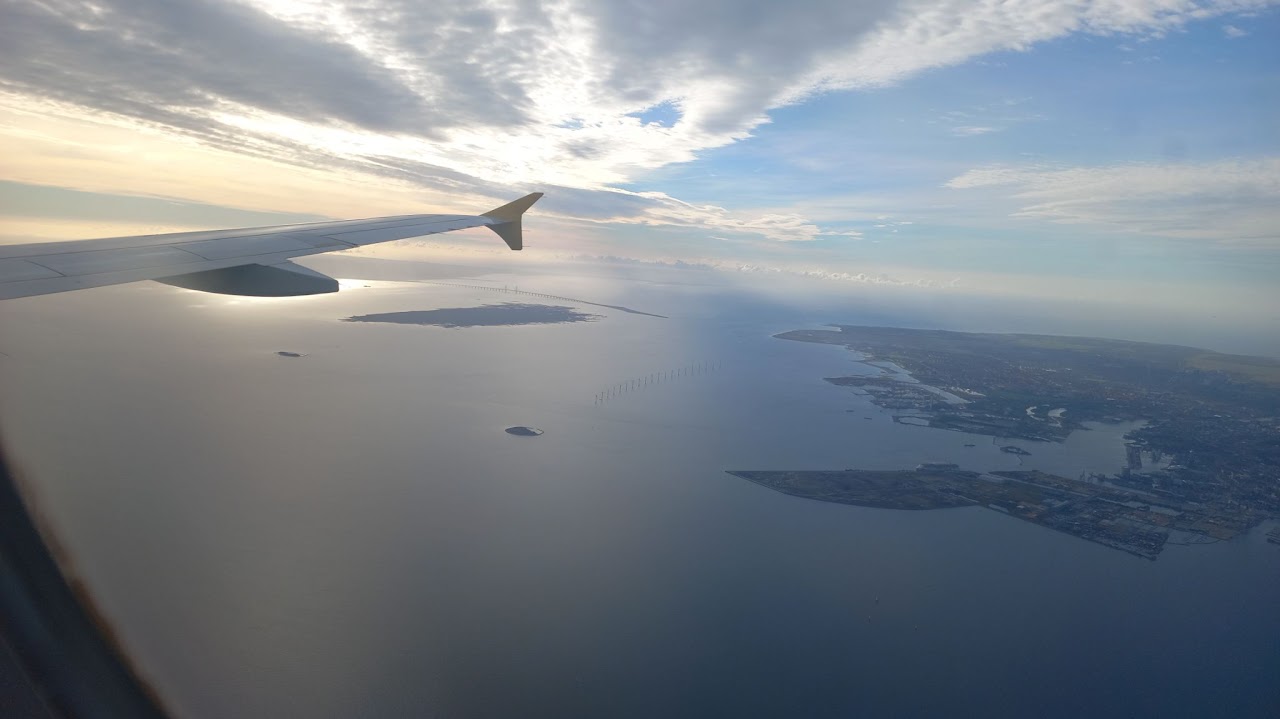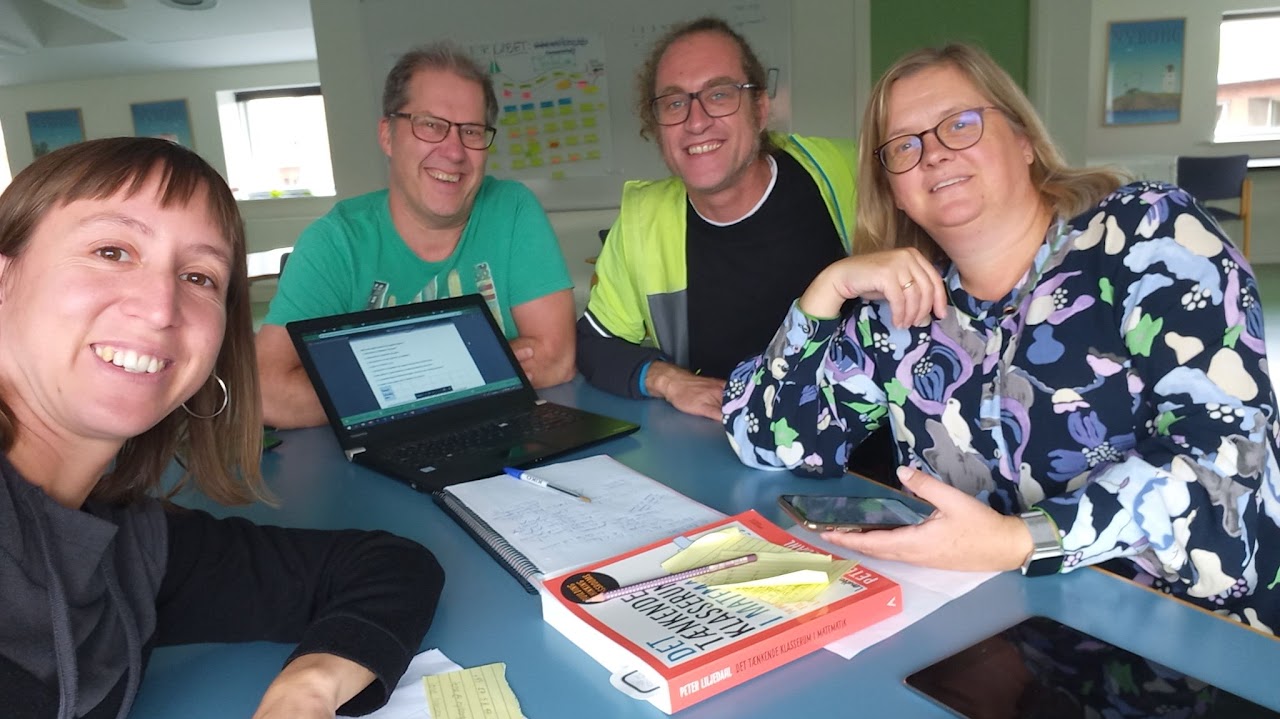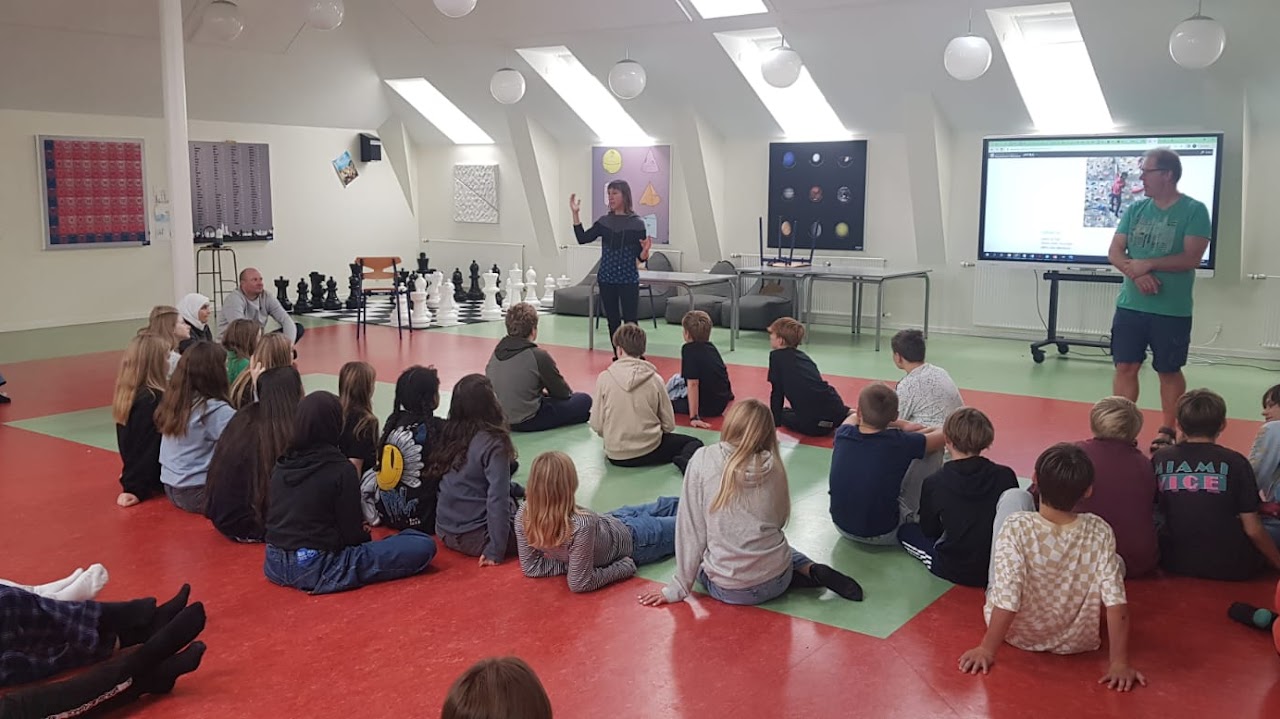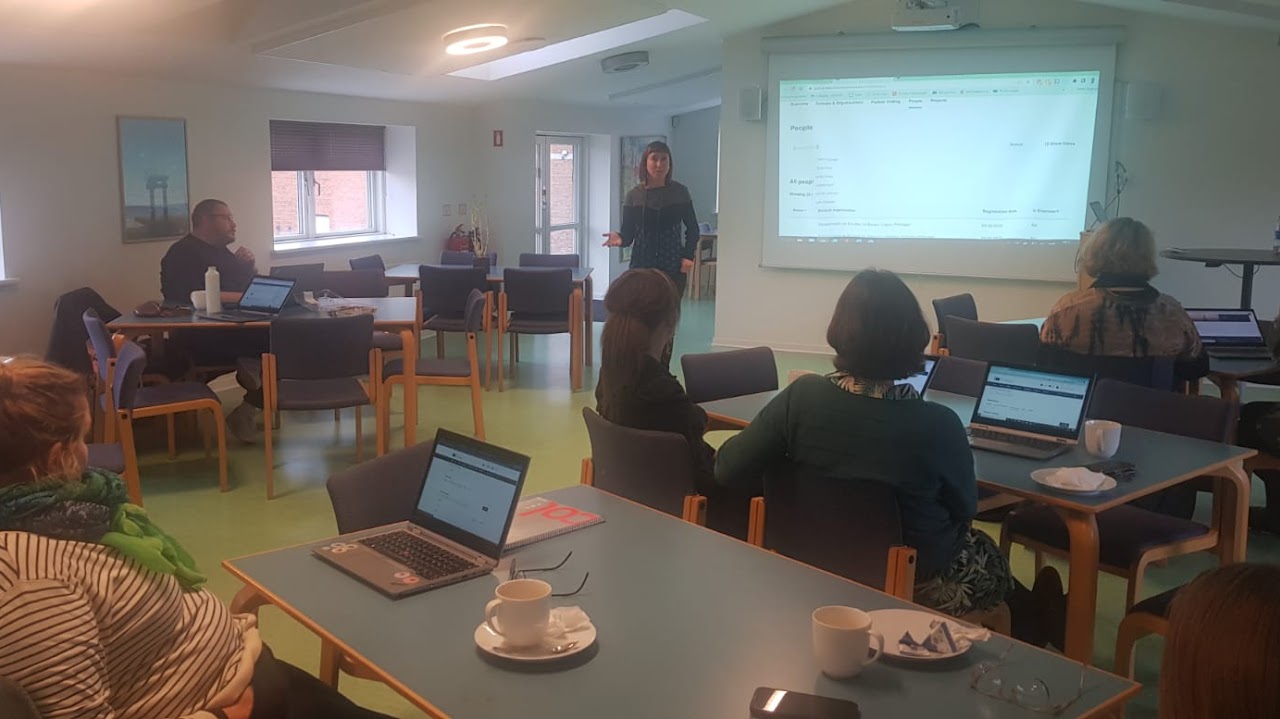Back again
Hi! We are Francesc Giménez and Núria Samsó, head teacher and pedagogical coordinator at Institut de Gurb (Barcelona). From the 10th to the 14th of October 2022 we have lived another great Erasmus+ experience, this time visiting Birkhovedskolen, a public school in Nyborg, Denmark. We invite you to read about our experience and all the things we did and learned in Denmark.
About the school
Birkhovedskolen is a public school in Nyborg, Denmark. Its mission is to create the greatest possible academic, social and personal learning for its students.
They want to be a public school for today. We want to give their students the personal, social and professional prerequisites to make their own choices in the community in which they live. Their ambition is to constantly develop and learn more about what today’s school for life is about. So the constant exploration and development is part of their vision, pedagogy and profile. They are a dynamic and learning organisation. They want to be the school for life in a globalized and digitalised world.
The school’s values are:
- Community (Inclusion)
- Cooperation
- Positive self-concept
- Accountability
- Recognition
- Professionalism
The Danish education system
The Danish education system consists of integrated primary and lower secondary education, upper secondary education and higher education, as well as a system of adult and continuing education.
Education is compulsory between the ages of six and sixteen. Compulsory education consists of ten years of primary and lower secondary education, including one pre-school year (grade 0) and years (grades) 1 – 9. Public school education also offers the pupils an optional year (grade) 10.
Danish is the medium of instruction in schools. However, English is a compulsory subject in the Folkeskole (from Year 1) and in general upper secondary school. Most university-level institutions offer various courses and programmes in English.
The academic year runs from August/September to June.
Overall regulation
The education system is financed by the state and the municipalities. Some institutions, including the upper secondary education institutions, are independent and self-governing, while others are owned by the state or the municipalities.
National legislation covers the aims and framework of education, funding and in some cases curricula, examinations and staffing.
The Ministry of Children and Education is responsible for setting up the framework for curricula at primary and secondary level. However, the contents of the courses are finalised by the teachers themselves, with their pupils. The Ministry of Children and Education oversees the municipal primary and lower secondary school (“Folkeskole”) in collaboration with the municipal councils.
In the field of vocational education and training, sectoral committees with equal representation of the labour market organisations concerned play an important role in defining and developing vocational qualifications and stipulating the training conditions. Technical colleges and business colleges are independent institutions under the overall authority of the Ministry of Children and Education.
The Ministry of Higher Education and Science is largely responsible for higher education. Some of the higher education programmes within the arts fall under the responsibility of the Ministry of Culture, e.g. the schools of visual arts and the academies of music. Specialised education programmes within the Danish Defence are managed by the Ministry of Defence.
Institutional autonomy
Institutions of higher education in Denmark have a long tradition of academic freedom and autonomy. The ministries lay down the overall regulations for all institutions of higher education. These include regulations concerning the admission of students, the structure of studies, programmes offered, awarding of degrees and appointment of teachers and academic staff.
The individual institutions draw up and update their study programmes, indicating the aims, scope and duration, form and contents of the courses, as well as a description of the syllabus.
Financing and ownership
The education system is financed by the state and the municipalities. Some institutions are self-governing, while others are owned by the state or the municipalities. The table below illustrates the main sources of funding and forms of ownership for selected groups of institutions. In addition to public financing, tuition fees are charged at private schools, and there is typically a user’s fee for a number of adult education and training programmes provided by educational institutions and adult education and training centres.
Diary of our visit
Monday, 10th October 2022
On Monday we travelled from Barcelona to Copenhagen by plane. Once in Copenhagen, we took a train to Nyborg, the town where we were going to spend the next five days. There, we met Mette Helding, the Erasmus+ coordinator of Nyborg’s municipality. She welcomed us, she showed us where Birkhovedskolen was and how to get there from the hotel and she told us what our planning for the week was. We could have dinner early and rest, as it had been a very long day for us.
Tuesday, 11th October 2022
On Tuesday, at 9 o’clock, we met Mr Lars Busk Svendsen, the head teacher of Birkhovedskolen. He welcomed us and told us about the school and about the Danish education system. Afterwards, we visited the school and we met the teachers who were going to spend the week with us: Dorte, John, Lene and Lisa. We visited a STEAM class, we had lunch (at 11 o’clock!) and we visited the TekinLab class (9th grade). The first impression was very good! In the afternoon, we visited Nyborg.
Wednesday, 12th October 2022
On Wednesday, we started the morning by visiting the 0 and 1st classes. Then we attended creative subjects in 3rd grade, we had lunch and we attended a two-hour class about Minecraft in 7th grade. In that class, we were given some time to present our school to that group, who were very interested in starting a new exchange with our students next year. After that, we had a meeting with the team of Danish teachers who are going to visit our school in Gurb next month. In the afternoon, we visited the town of Odense and we had dinner there with Mette Helding.
Thursday, 13th October 2022
On Thursday, we attended a 7th grade class where they were doing Maths using the Thinking Classroom method. We loved it! After the class, we could ask questions and talk about that interesting method with Lene, the teacher who’s promoting it in the school. Then we had lunch and we visited two after school programs: SFO and school chess. In the afternoon we attended a training course about eTwinning, where we were asked to share our experiences with eTwinning projects. As we always do, we offered ourselves for any eTwinning projects they would like to start with our school.
Friday, 14th October 2022
On Friday, we had different meetings with Mette Helding, Lars Busk Svendsen and some of the teachers, with whom we could discuss more things about the Danish education system and their way of teaching. Finally, it was time to say goodbye. In the afternoon, before taking the plane back home, we still had time to visit the beautiful city of Copenhagen.
Conclusions
We had a very good time in Nyborg and it was very interesting for us to discover a new school and a different school system. You can read about our main conclusions in the following lines:
It was shocking for us to see that the teachers are not focused on assessment. When we observed different classes and projects and asked about assessment, the answer was always that they hadn’t thought about it. So our conclusion is that we are more aware of assessment than Danish teachers.
We were also impressed about the system they have to hire teachers. The headmasters can choose the teachers that work in the public schools, so one of their jobs is to look for teachers and convice them to work with them.
Comparing the two schools, we also see that we care a lot more about mentoring. We use mentors to take care about the students, and to orientate them.
Another big difference is the amount of resources we have. It is evident that the Danish education system has more resources (more teachers, more space in the buildings, more teaching resources, etc.).
Apart from all this, we saw some things that surprised us positively:
-
They have the figure of pedagogs, who are in the classrooms working together with teachers. For every two classes of about 25 students each they have two teachers and one pedagog.
-
Schools do not have fences, so they are completely open to the street.
-
The Erasmus+ projects are coordinated by the municipalities, not the schools. We liked this idea, because preparing an Erasmus+ mobility is a lot of work for the schools.
-
There are groups of schools who are focused on one same thing. An example is the LEAPS (Learning and Engagement through Authentic Projects with a focus on Science).
-
We discovered a new methodology which we liked very much. We are talking about the thinking classrooms. When using this method, they do not use books, notebooks, chairs or desks. They work in groups and they use whiteboards. They are presented different challenges that they have to solve by thinking.
